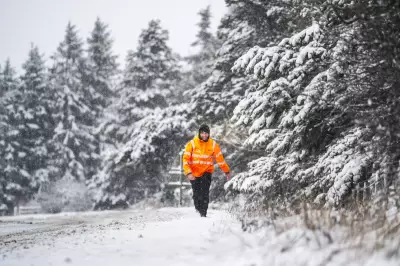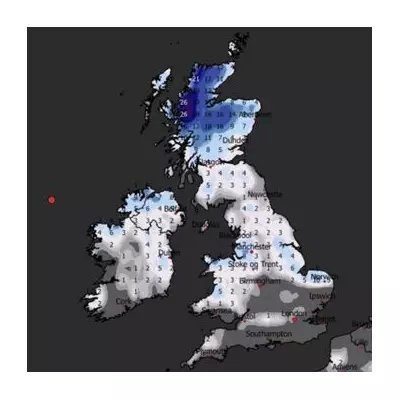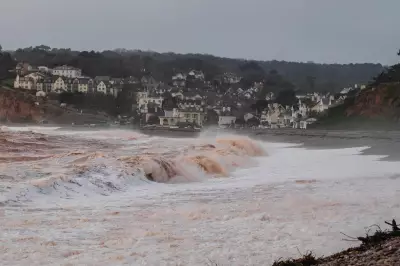
Dramatic scenes unfolded at a popular swimming spot as open-water enthusiasts were left stranded in thick, clinging mud after a prolonged heatwave caused water levels to plummet to historic lows.
The once-refreshing reservoir, normally a haven for swimmers seeking relief from summer heat, has transformed into a treacherous landscape of cracked earth and deep mud pits following weeks of scorching temperatures and minimal rainfall.
Emergency Response Activated
Local emergency services rushed to the scene after receiving multiple reports of swimmers becoming stuck in the rapidly drying reservoir bed. Footage from the incident shows would-be bathers struggling to free themselves from the grip of the thick mud, their legs submerged up to the knees.
"We've never seen conditions like this before," said a spokesperson for the local fire and rescue service. "What was once several metres of water has become a mudflat that's proving dangerously adhesive."
Climate Patterns Creating Dangerous Conditions
Meteorologists confirm that the current heatwave, combined with lower than average rainfall throughout the spring and early summer, has created these unprecedented conditions. The Environment Agency has recorded water levels at their lowest point since records began for this location.
"These extreme weather events are becoming more frequent," warned a climate scientist from a nearby university. "What we're seeing here is a perfect storm of rising temperatures and changing precipitation patterns that are dramatically altering our landscapes."
Safety Warnings Issued
Authorities have issued urgent warnings to discourage swimming in affected reservoirs until water levels return to normal. Signs highlighting the new dangers have been posted around the perimeter of the water source.
- Avoid all water activities in visibly depleted reservoirs
- Heed warning signs and barriers
- Report any trapped wildlife to local authorities
- Conserve water where possible during the drought
Local wildlife has also been affected, with rescue teams working to save fish and other aquatic creatures stranded in shrinking pools of water. Conservationists have begun relocating vulnerable species to deeper bodies of water.





